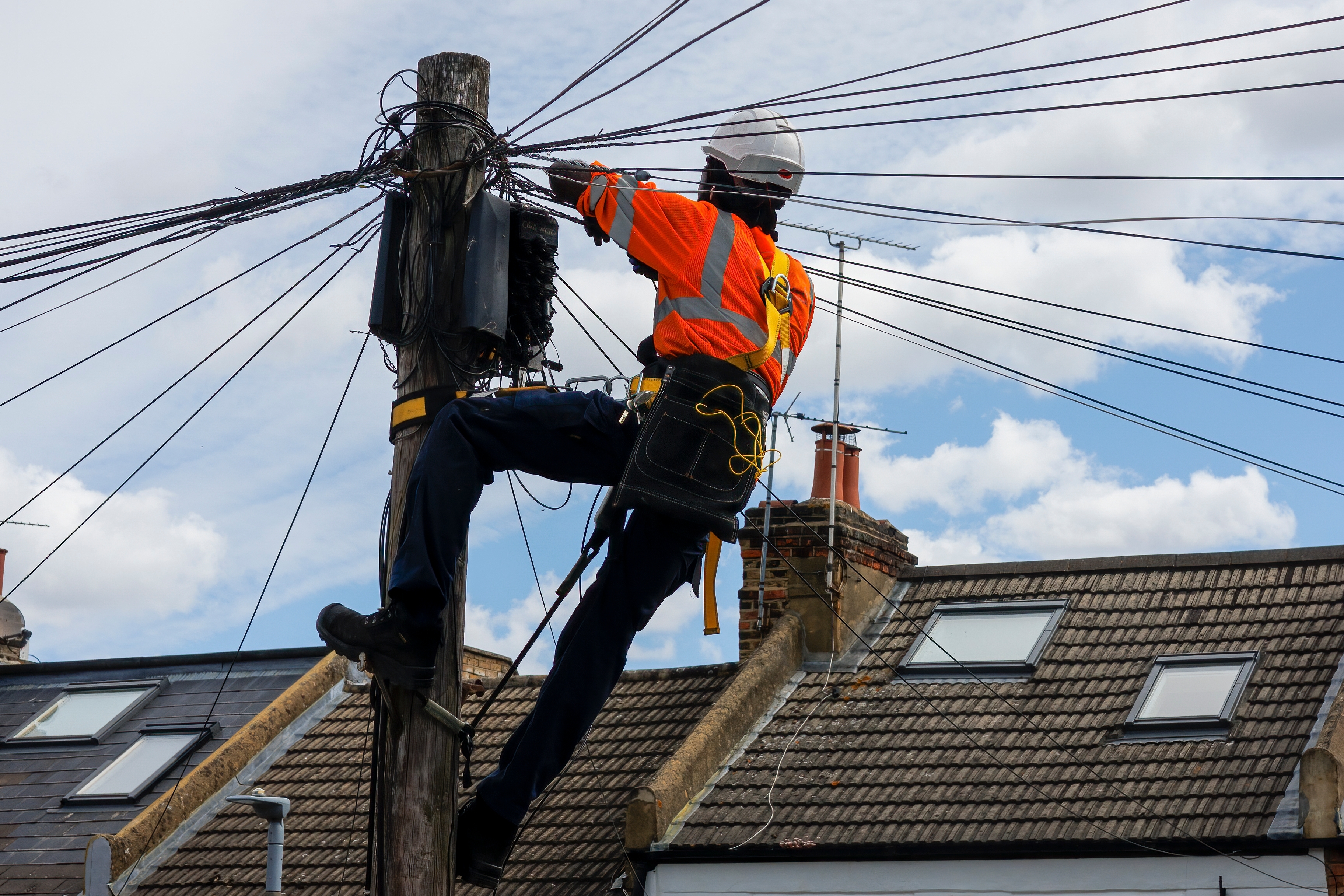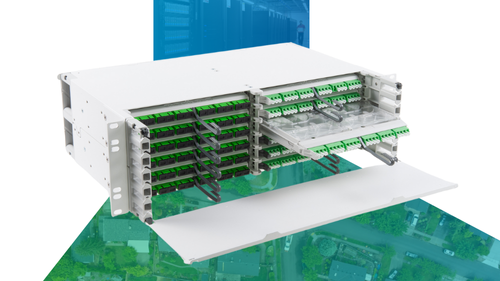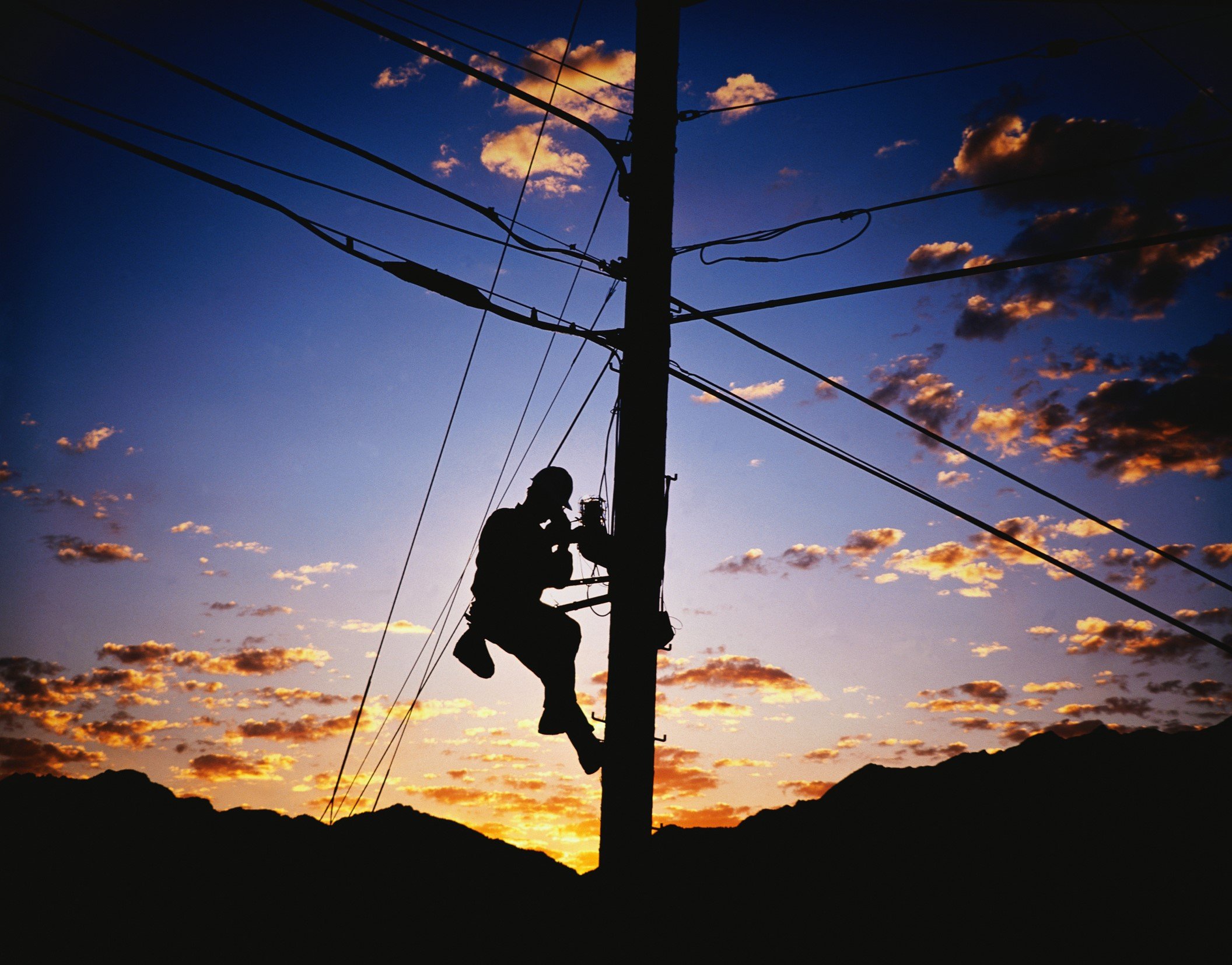I have spent the past 17 years helping service providers throughout Europe and the Middle East deploy FTTH networks. In that time, we have collaborated on many types of technologies and alternatives to build out their networks. These providers have been very innovative with the methods and materials they’ve used in their race to deploy fiber; some of these practices have been fruitful, helping them move faster and create a more reliable network. But others have created significant issues within closures, terminal boxes, cabinets and central offices, or had a direct, significant impact on the costs of building and connecting homes.
Many of these challenging issues stem from the use of the wrong technologies, low-quality fiber products (or those that are built for other applications). Others are the result of incorrect network planning, installation techniques or poor maintenance practices tied to a shortage of skilled labor. No matter their source, all these issues have two things in common. The first is the threat they create for network expansion, maintenance and evolution; the second is that they can all be minimized, prevented or even solved with a little care and planning. Let’s have a look at some of the most common connectivity troubles within EMEA’s FTTH infrastructure—and how we can overcome them.
Excessive splicing has created messy fiber nests
While splicing is obviously fundamental in all parts of the network, relying on splicing for connecting the final customer drop has created significant issues. When opening a terminal box in a handhole or on a pole or façade and make a splice for every customer connection, trouble often follows. Each opened terminal box creates an opportunity for non-standard work to be performed, often resulting in a mess of fiber inside the box.
I have seen many terminal boxes throughout Europe and the Middle East with “fiber nests” that make maintenance and subscriber activation a complex, time consuming and risky process. In many cases, the terminal boxes are left open by technicians—exposing the delicate fiber connections to rain, wind, dirt, dust and damage. I have observed firsthand that some of these open terminal boxes have very poor optical levels or are not able to deliver service at all.
The best solution, in my experience, is to leave terminal boxes closed through the use of hardened technologies, which are standard and widely deployed in many markets around the world. In cases where non-hardened technologies are used and fiber terminals must be opened, I recommend keeping the patching area accessible for the customer connections—but not the splicing area, which should only be accessible for the main cable installation on day one. In any case, my view is that the use of pre-connectorized drops—whether in hardened or standard technologies—is a must.
Microduct issues threaten network growth underground
Microducts, also known as speedpipes, provide a major advantage in underground networks, reducing the investment required for civil works and helping to create a clean, future-ready infrastructure. However, one common problem with microducts is that, when the distribution network is being installed along the streets, there is often a need to dig trenches to every home, even when some homes are not subscribing on day one. It is a significant issue because it adds unnecessary costs and slows down network deployment.
Recently, I have worked with service providers in Europe to overcome this challenge by using compact fiber terminals. These connectivity devices can be placed in small handholes near the edge of a potential subscriber’s property to make activating new homes fast and simple, while avoiding the time and costs of digging trenches to every home on day one. There are different variants of these devices, depending on the country’s ecosystem, but the objective is always to create a transition element that clearly separates homes passed from homes connected.
Inadequate infrastructure is being attached to Europe’s buildings
When building out broadband networks in Europe, it is important to balance historical charm with modern innovation. Too often, I have witnessed broadband providers using connectivity technologies for façade deployments that are too large, are unsightly and do not perform well. This has taken away from the beauty of Europe’s city streets while adding to the cost and complexity of fiber networks. For façade infrastructure, I would like to see three things: fewer oversized terminals attached to Europe’s buildings; closures that do not expose messy fiber nests to residents and visitors; and a faster, cleaner approach to façade cabling.
To accomplish these three objectives, I recommend two types of solutions that are purpose-built for façade infrastructure. The first solution is the use of more compact terminals that are designed to minimize the visual impact of on-building FTTH deployments. They include pre-cabled options that eliminate fiber nests and prevent terminal boxes from remaining open. The second solution is the use of retractable cabling solutions that are designed to be mounted horizontally and give technicians easy access to individual fibers with minimal cable preparation labor. Together, these solutions can significantly improve the aesthetics and simplify the deployment of façade infrastructure.
Central offices are unravelling with complexity
With so much critical broadband traffic converging in the central office, it seems logical that the upmost care would be taken to prevent issues and streamline maintenance in these strategic facilities. But throughout Europe and the Middle East, I have seen many instances of inadequate practices and improper solutions that create unnecessary complexity and increase the risk of network downtime.
The most common problem in all central offices across EMEA is patch cord congestion, commonly known as “fiber spaghetti”. No matter the service provider or country, this is an extremely common issue. Over the years, we have developed practices and solutions to minimize this problem. The first, which is mandatory in my view, is to always use “cross connection” methods and not “interconnection” methods to connect actives and passives. History has demonstrated that service providers that employed the latter option suffer significant consequences. Another helpful action is to design the optical frame infrastructure in a way that only allows single routes and single lengths of patch cords. This has also been proven to be a very good method to prevent disorder and mess when installing one patch cord after another over many years.
There are a wide variety of other issues
In almost 30 years working with fiber infrastructure and 17 years in FTTH, I have found many other issues that aren’t mentioned above, and I’m sure you have, too. I have seen low-quality plastics used for terminal boxes and closures, leading to broken hinges, missing doors, or boxes with completely missing pieces. I have seen outside plant cabinets and MDU distribution solutions that are shared by up to four different crews of technicians from multiple network operators, and these cabinets have evolved into a mess of cabling and often cannot be closed. I have seen the misuse of field-installable connectors, leading to thousands of unstable connections throughout western Europe. And time and time again, I have seen central offices that do not have adequate fiber raceways installed, causing countless instances of fiber kinks and unmanageable cable messes.
A better way to fiber
With the growth of Europe’s FTTH networks, now is a critical time for operators to examine their choices for fiber connectivity and build a solid foundation for tomorrow. The use of proper planning and solutions for aerial, underground, façade and central office infrastructure is critical in helping Europe’s fiber future be a bright one. Again, I must emphasize the clear demarcation between those fibers and connections that are intended to be touched by technicians, and those that are not. Together, the right solutions and practices can improve the deployment speed, cost efficiency and reliability of Europe’s broadband networks.
To learn more about the tools and methods that can improve FTTH deployment, read our white paper.













